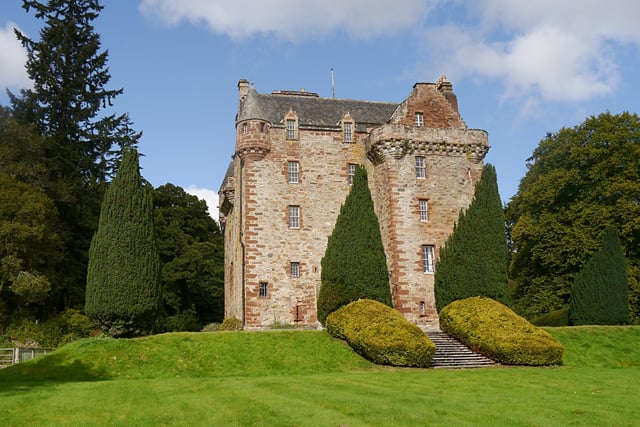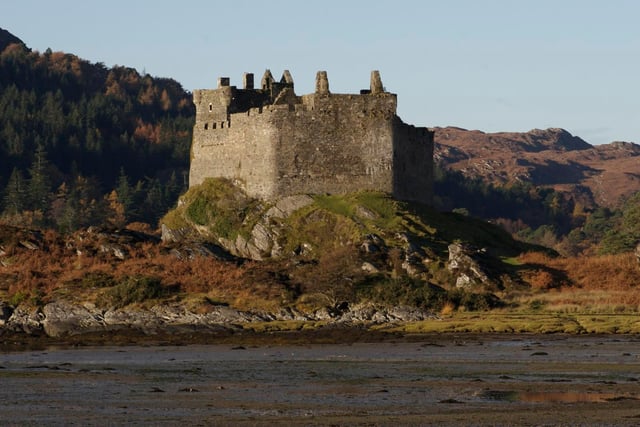Some of the finest homes in Scotland were torched as punishment to the rebels. Here we look at 7 which survived the rising and which hold fascinating family stories within.

5. Dean Castle, Kilmarnock
William Boyd, 4th Earl of Kilmarnock, came from a Hanoverian supporting family but signed up to the Jacobites possibly in the belief it would aid his ailing fortunes. He led a horse troop but was captured at Culloden and executed. The castle was confiscated but then given back to his eldest son, who fought the rising on the Government side. Photo: Creative Commons

6. Castle Leod, Strathpeffer
The seat of Clan Mackenzie and home to George MacKenzie, 3rd Earl of Cromartie, who was seized along with his son on the eve of Culloden. Both were due to be executed but recieived a conditional pardon after George's heavily pregnant wife lobbied for clemency. He died in extreme poverty in Soho, London, after the family estates were confiscated. Photo: Creative Commons

7. Castle Tioram, Lochaber
The traditional seat of the Macdonalds of Clanranald, the castle was reportedly used as a store during the 1745 rising. It had earlier been seized by the government in th late 17th Century but recaptured by clan chief Allan Macdonald in 1715, who then torched it to stop it falling into the hands of Hanoverian forces. It is now privately owned but still in a ruined state. Photo: Tom Parnell/Creative Commons

